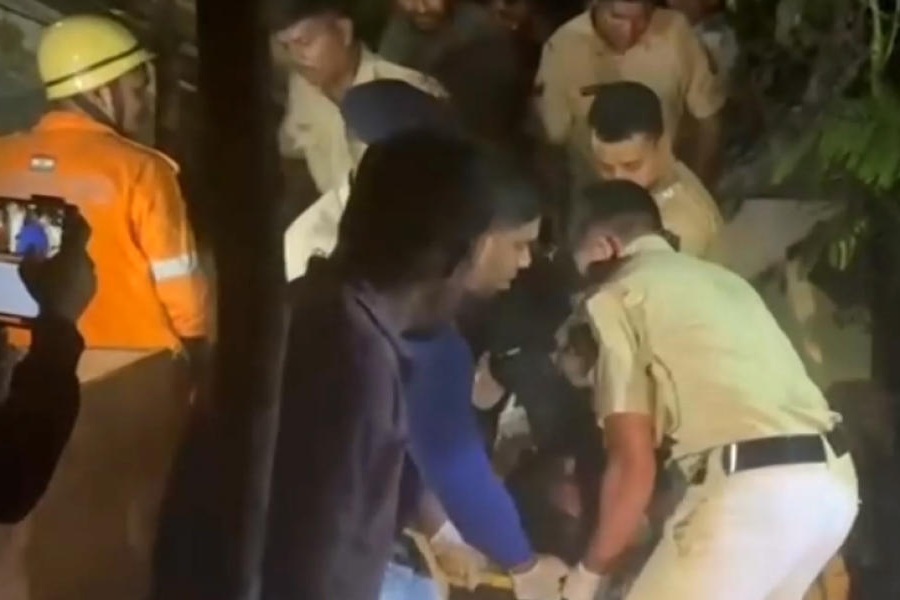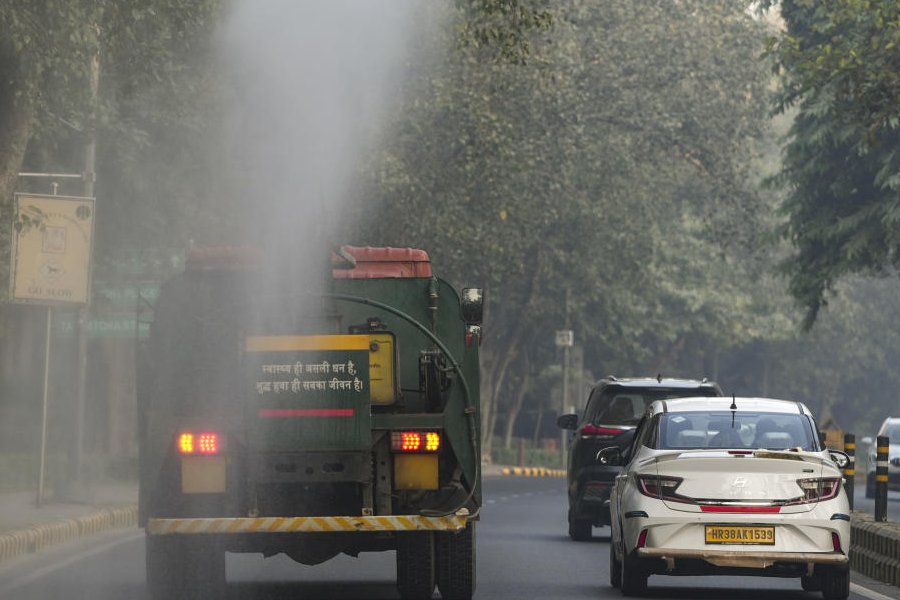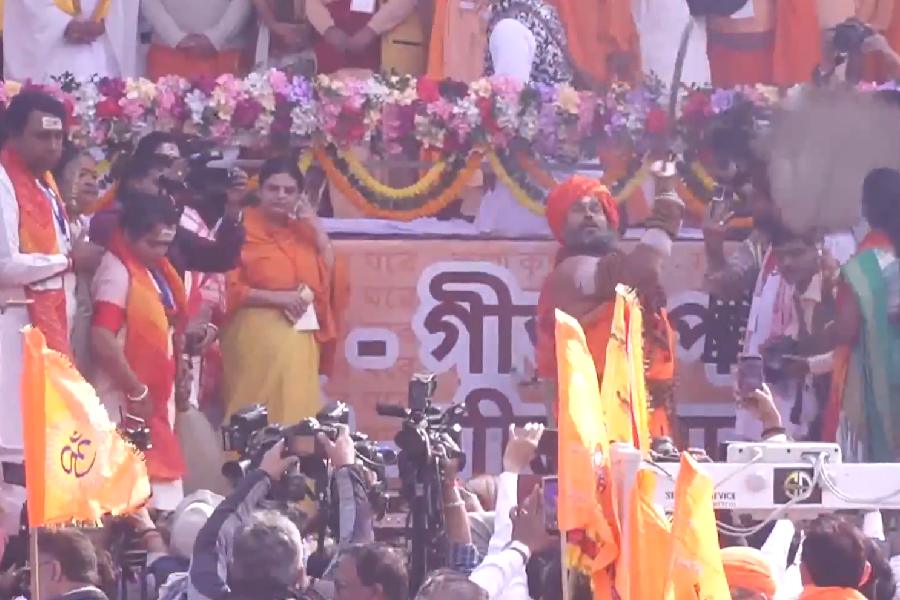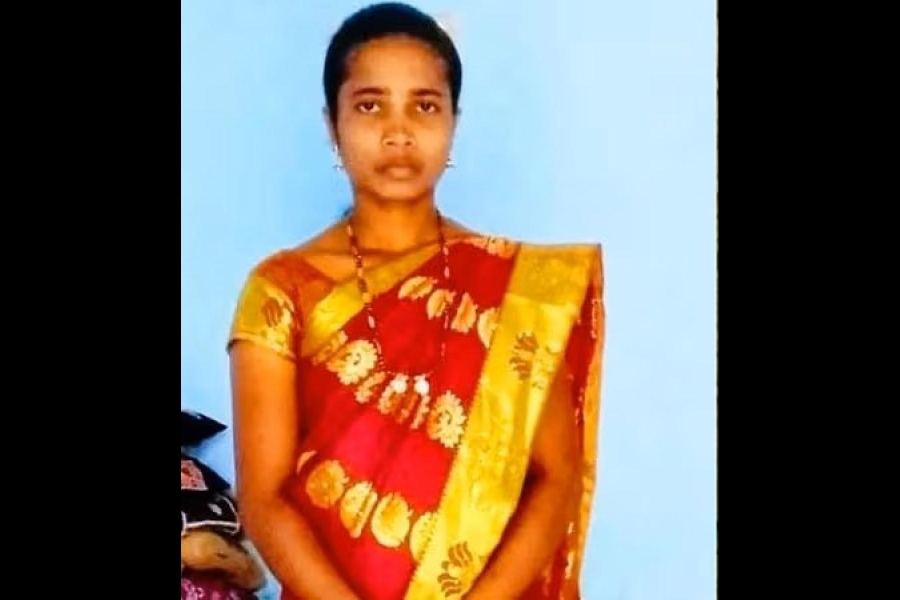Anit Thapa, president of the Bharatiya Gorkha Prajatantrik Morcha (BGPM) and also the chief executive of the Gorkhaland Territorial Administration (GTA), has announced that he would not indulge in politics of the Dooars, which lies in the plains, unlike earlier leaders from the hills.
The Dooars, which consists of parts of Jalpaiguri and Alipurduar districts, has a sizeable Gorkha population.
“I will not indulge in politics in the Dooars. I will, however, continue to stand with my community in times of need,” Thapa said at an event to unveil the statue of Major Durga Malla in Chamarchi in Jalpaiguri district on Monday.
Major Durga Malla of the Indian National Army (INA) was sent to the gallows by the British on August 25, 1944.
A statue of the freedom fighter was also unveiled in the Parliament complex by then Prime Minister Manmohan Singh in 2004.
“I do not want to put our people in the Dooars under distress,” said Thapa in the course of the event.
Thapa’s stand is in contrast to the strategy adopted by Subash Ghisingh of the Gorkha National Liberation Front (GNLF) and Bimal Gurung of the Gorkha Janmukti Morcha, leaders who had started the Gorkhaland agitation in the 1980s and mid-2000 respectively.
When Ghisingh started the Gorkhaland agitation in 1986 it also spread into the Dooars region. Many people lost their lives. The Gorkhas are not in the majority in the Dooars region.
In fact, Uddhab Subedi, a former president of the GNLF’s Dooars district committee, was arrested on November 29, 2004 in cases related to the 1980s agitation.
Ghisingh, however, slowly withdrew his party’s activities from the Dooars after accepting the Darjeeling Gorkha Hill Council (DGHC) in 1988.
Bimal Gurung, who replaced Ghisingh in hill politics and started the Gorkhaland agitation in 2007, however, spread his activities in the plains.
During his attempt to march into the Dooars on foot with his supporters, police stopped him at Sibchu on the border of Kalimpong-Jalpaiguri district.
During a police firing on February 8, 2011, three persons — Neeta Khawash, Bimala Rai and Vicky Lama — were killed. Vicky hailed from Hollong village near Hashimara in Jalpaiguri district.
On February 7, 2009, Akbar Lama from Eithelbari was also killed in clashes between pro and anti-Gorkhaland activists.
“Gurung was proactive in the politics of plains. There was also much tension between the Gorkhas and the Adivasi population (opposed to Gorkhaland) during that period,” said an observer.
The Morcha’s Wilson Champramary also won the Kalchini seat in the 2011 Bengal Assembly election.










